Home>Furniture & Design>Interior Design Trends>How Much Protein In A Glass Of Milk
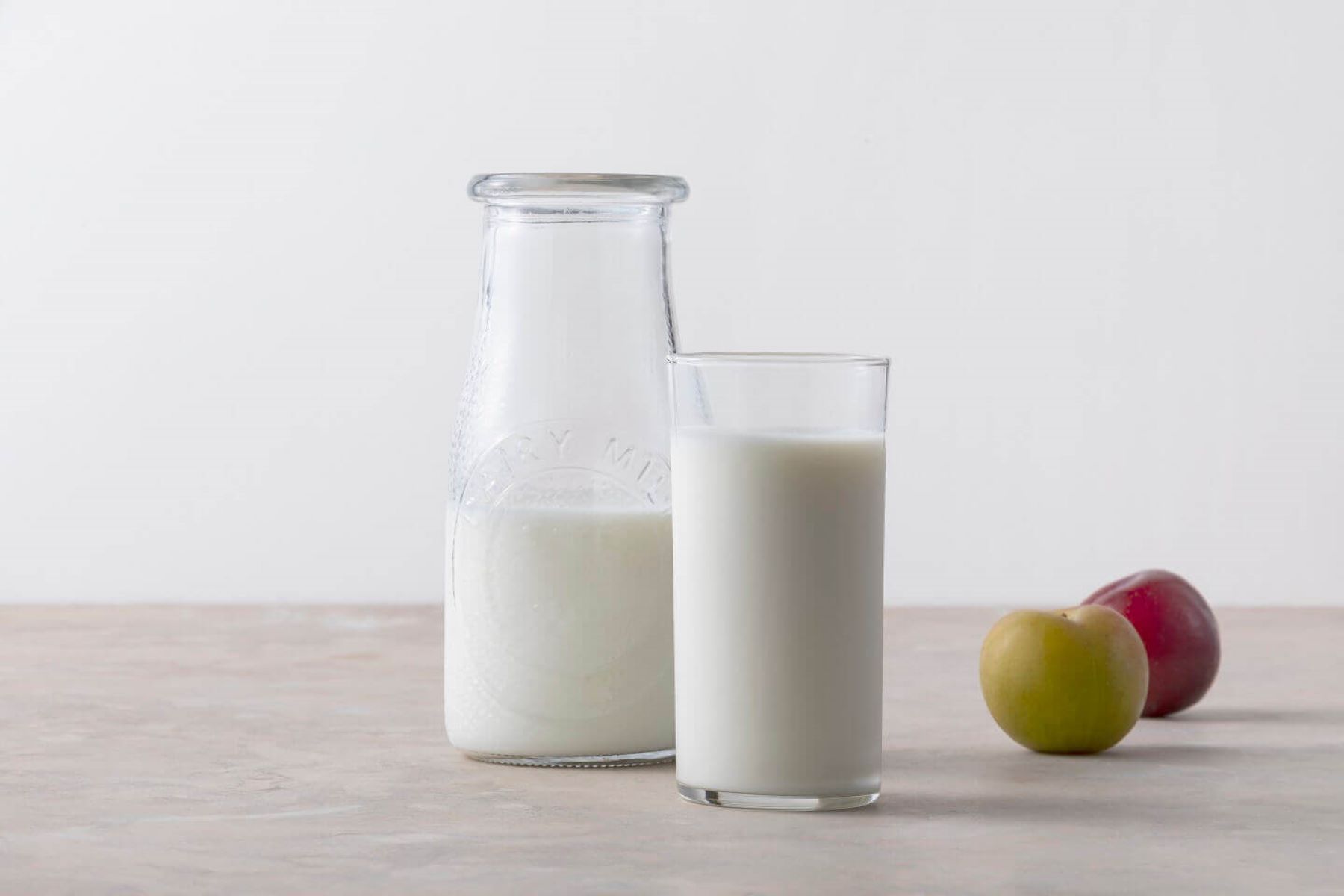

Interior Design Trends
How Much Protein In A Glass Of Milk
Published: February 2, 2024
Discover the protein content in a glass of milk and learn about the latest interior design trends. Find out how much protein you can get from this nutritious beverage. Explore the top interior design trends to elevate your living space.
(Many of the links in this article redirect to a specific reviewed product. Your purchase of these products through affiliate links helps to generate commission for Storables.com, at no extra cost. Learn more)
Protein Content in Different Types of Milk
When it comes to the protein content in different types of milk, there are several factors to consider. The protein content can vary based on the source of the milk, processing methods, and any additional fortifications. Here's a breakdown of the protein content in various types of milk:
Read more: How Much Calcium In A Glass Of Milk
1. Cow's Milk
- Cow's milk is a popular and widely consumed type of milk known for its rich protein content. On average, a single cup of cow's milk contains about 8 grams of protein. This makes it a valuable source of high-quality protein, particularly for individuals following a balanced diet or engaging in physical activities that require muscle repair and growth.
2. Soy Milk
- Soy milk, derived from soybeans, is a plant-based alternative to cow's milk. It is often chosen by individuals with lactose intolerance or those following a vegan lifestyle. In terms of protein content, soy milk is comparable to cow's milk, providing approximately 7 grams of protein per cup. This makes it a suitable option for meeting daily protein requirements.
3. Almond Milk
- Almond milk, made from ground almonds and water, is a popular dairy-free alternative. However, it is important to note that almond milk contains significantly less protein compared to cow's milk and soy milk. On average, a cup of almond milk provides only 1 gram of protein. While almond milk offers other nutritional benefits, individuals relying on it as a primary source of protein may need to consider alternative protein sources.
4. Oat Milk
- Oat milk has gained popularity in recent years due to its creamy texture and mild flavor. From a protein perspective, oat milk contains approximately 3 grams of protein per cup. While it may not match the protein content of cow's milk or soy milk, oat milk can still contribute to overall protein intake when incorporated into a well-rounded diet.
Read more: How Much Vitamin D In A Glass Of Milk
5. Coconut Milk
- Coconut milk, often used in cooking and baking, has a relatively lower protein content compared to cow's milk and soy milk. A cup of coconut milk typically provides around 5 grams of protein. While it may not be the primary source of protein for most individuals, it can still contribute to their overall protein intake.
Understanding the protein content in different types of milk is essential for individuals seeking to make informed dietary choices. By considering the protein content alongside other nutritional factors, individuals can select the most suitable milk options based on their dietary preferences and health goals.
Key Takeaways:
- Cow’s milk and soy milk are high-protein options, while almond and oat milk have lower protein content. Understanding these differences helps you choose the best milk for your dietary needs and health goals.
- Protein-rich milk supports muscle health, satiety, nutrient absorption, bone strength, and overall well-being. By incorporating it into your diet, you can enjoy a range of benefits for your body and long-term health.
Factors Affecting Protein Content in Milk
The protein content in milk is influenced by various factors that play a crucial role in determining its nutritional value. Understanding these factors can provide valuable insights into the composition of different types of milk and their potential impact on dietary protein intake.
-
Animal Breed and Diet: The protein content in cow's milk can be influenced by the breed of the cow and its diet. Certain breeds of dairy cows are known to produce milk with higher protein content, contributing to the overall quality of the milk. Additionally, the cow's diet, particularly the balance of protein-rich feed, can directly impact the protein content in the milk it produces.
-
Processing Methods: The processing methods used in milk production can affect the protein content. For instance, the pasteurization and homogenization processes, which are commonly employed to ensure safety and consistency, may have minimal impact on the protein content. However, ultra-high temperature (UHT) processing can lead to slight protein denaturation, potentially affecting the overall protein composition of the milk.
-
Fortification and Enrichment: Some types of milk undergo fortification or enrichment processes to enhance their nutritional profile. This may involve adding specific nutrients, including protein, to increase the overall protein content of the milk. Fortified milk products are designed to provide additional nutritional benefits, catering to the diverse dietary needs of consumers.
-
Plant-Based Sources: In the case of plant-based milk alternatives such as soy milk, almond milk, and oat milk, the protein content is inherently determined by the source ingredients. The protein content in these milk alternatives is influenced by the natural protein composition of the respective plants, such as soybeans, almonds, or oats. Processing methods for plant-based milk production also play a role in retaining or altering the protein content.
-
Storage and Shelf Life: The storage conditions and shelf life of milk can impact its protein content over time. Improper storage, exposure to light, and extended shelf life can lead to protein degradation, potentially affecting the overall protein content and quality of the milk.
Understanding the factors affecting protein content in milk is essential for both consumers and producers. It enables consumers to make informed choices based on their nutritional needs and preferences, while also guiding producers in optimizing milk production processes to maintain the desired protein content. By considering these factors, individuals can navigate the diverse landscape of milk products with a deeper understanding of their protein content and nutritional implications.
Benefits of Consuming Protein in Milk
Consuming protein-rich milk offers a myriad of benefits that extend beyond its role as a dietary protein source. The unique combination of protein and other essential nutrients in milk contributes to overall health and well-being. Here are the key benefits of incorporating protein-rich milk into one's diet:
1. Muscle Repair and Growth
Protein is essential for muscle repair and growth, making it a valuable nutrient for individuals engaged in physical activities, such as athletes, fitness enthusiasts, and individuals undergoing strength training. Milk, with its high-quality protein content, provides the necessary building blocks for muscle recovery and development. The presence of essential amino acids in milk protein further supports the repair and maintenance of muscle tissue, aiding in post-exercise recovery and overall muscle health.
Read more: How Much Protein In Sunflower Seeds
2. Satiety and Weight Management
Protein plays a crucial role in promoting satiety, the feeling of fullness and satisfaction after a meal. Consuming protein-rich milk can contribute to a sense of satiety, potentially reducing overall calorie intake and supporting weight management efforts. By including milk as a source of dietary protein, individuals may experience improved appetite control and reduced cravings, which can be beneficial for those striving to maintain a healthy weight or manage their caloric intake.
3. Nutrient Absorption and Utilization
The protein content in milk facilitates the absorption and utilization of essential nutrients, including vitamins and minerals. When consumed alongside other nutrient-dense foods, milk protein can enhance the bioavailability of key nutrients, supporting overall nutrient absorption in the body. This synergistic effect contributes to the efficient utilization of essential nutrients, promoting optimal health and well-rounded nutritional intake.
4. Bone Health and Calcium Absorption
In addition to its protein content, milk is renowned for its calcium content, which is vital for bone health and density. The combination of protein and calcium in milk supports bone strength and integrity, playing a crucial role in reducing the risk of osteoporosis and promoting skeletal health. Furthermore, the presence of protein in milk enhances the absorption of calcium, maximizing its beneficial impact on bone mineralization and overall bone health.
5. Overall Nutritional Support
Protein-rich milk serves as a valuable component of a well-balanced diet, contributing to overall nutritional support. Beyond its protein content, milk provides essential nutrients such as vitamins (e.g., vitamin D, vitamin B12) and minerals (e.g., potassium, phosphorus), offering a comprehensive array of nutritional benefits. By incorporating protein-rich milk into daily dietary habits, individuals can enhance their overall nutritional intake, supporting various aspects of health and well-being.
Incorporating protein-rich milk into one's diet can yield a range of benefits, encompassing muscle health, satiety, nutrient absorption, bone strength, and overall nutritional support. By recognizing and harnessing the advantages of consuming protein in milk, individuals can optimize their dietary choices to promote holistic well-being and long-term health.
Read more: What Is Milk Glass
Recommended Daily Protein Intake for Different Age Groups
Understanding the recommended daily protein intake for different age groups is essential for promoting optimal health and meeting specific nutritional needs at various stages of life. The dietary protein requirements vary based on factors such as age, gender, physical activity levels, and overall health status. By aligning protein intake with these considerations, individuals can support growth, development, and overall well-being. Here's a comprehensive overview of the recommended daily protein intake for different age groups:
Infants and Toddlers (0-3 years)
During the early stages of life, infants and toddlers require a substantial amount of protein to support rapid growth and development. The recommended daily protein intake for this age group ranges from 11 to 13 grams. Protein-rich sources such as breast milk, infant formula, dairy products, and soft-textured foods play a crucial role in meeting the protein needs of infants and toddlers.
Children (4-8 years)
As children transition into early childhood, their protein requirements remain significant to support continued growth, muscle development, and overall health. The recommended daily protein intake for children in this age group ranges from 19 to 34 grams. Incorporating protein sources such as lean meats, poultry, fish, dairy products, legumes, and nuts can contribute to meeting their protein needs.
Adolescents (9-13 years)
During the adolescent years, significant growth spurts and physical changes necessitate an increased protein intake to support muscle development, hormonal changes, and overall maturation. The recommended daily protein intake for adolescents ranges from 34 to 46 grams. Including protein-rich foods such as lean meats, poultry, fish, dairy products, eggs, legumes, and whole grains can help fulfill their protein requirements.
Teenagers (14-18 years)
Teenagers, particularly those undergoing puberty and engaging in physical activities, have heightened protein needs to support growth, muscle repair, and overall energy requirements. The recommended daily protein intake for teenagers in this age group ranges from 46 to 52 grams. Emphasizing protein sources such as lean meats, poultry, fish, dairy products, eggs, legumes, and plant-based protein options can aid in meeting their increased protein needs.
Adults (19-64 years)
For adults, the recommended daily protein intake varies based on factors such as gender, physical activity levels, and overall health status. On average, adult men are advised to consume approximately 56 grams of protein per day, while adult women are recommended to consume around 46 grams of protein daily. Incorporating a diverse range of protein sources, including lean meats, poultry, fish, dairy products, legumes, nuts, seeds, and plant-based protein options, can support meeting their individual protein needs.
Older Adults (65+ years)
As individuals age, maintaining adequate protein intake becomes crucial for preserving muscle mass, bone health, and overall functional capacity. The recommended daily protein intake for older adults ranges from 46 to 57 grams. Including protein-rich foods, along with adequate hydration and physical activity, can contribute to meeting their protein needs and supporting healthy aging.
By aligning dietary choices with the recommended daily protein intake for different age groups, individuals can optimize their nutritional intake, support growth and development, and promote overall health and well-being at each stage of life. Understanding and meeting specific protein requirements based on age-related factors can empower individuals to make informed dietary decisions and prioritize their long-term health.
Frequently Asked Questions about How Much Protein In A Glass Of Milk
Was this page helpful?
At Storables.com, we guarantee accurate and reliable information. Our content, validated by Expert Board Contributors, is crafted following stringent Editorial Policies. We're committed to providing you with well-researched, expert-backed insights for all your informational needs.

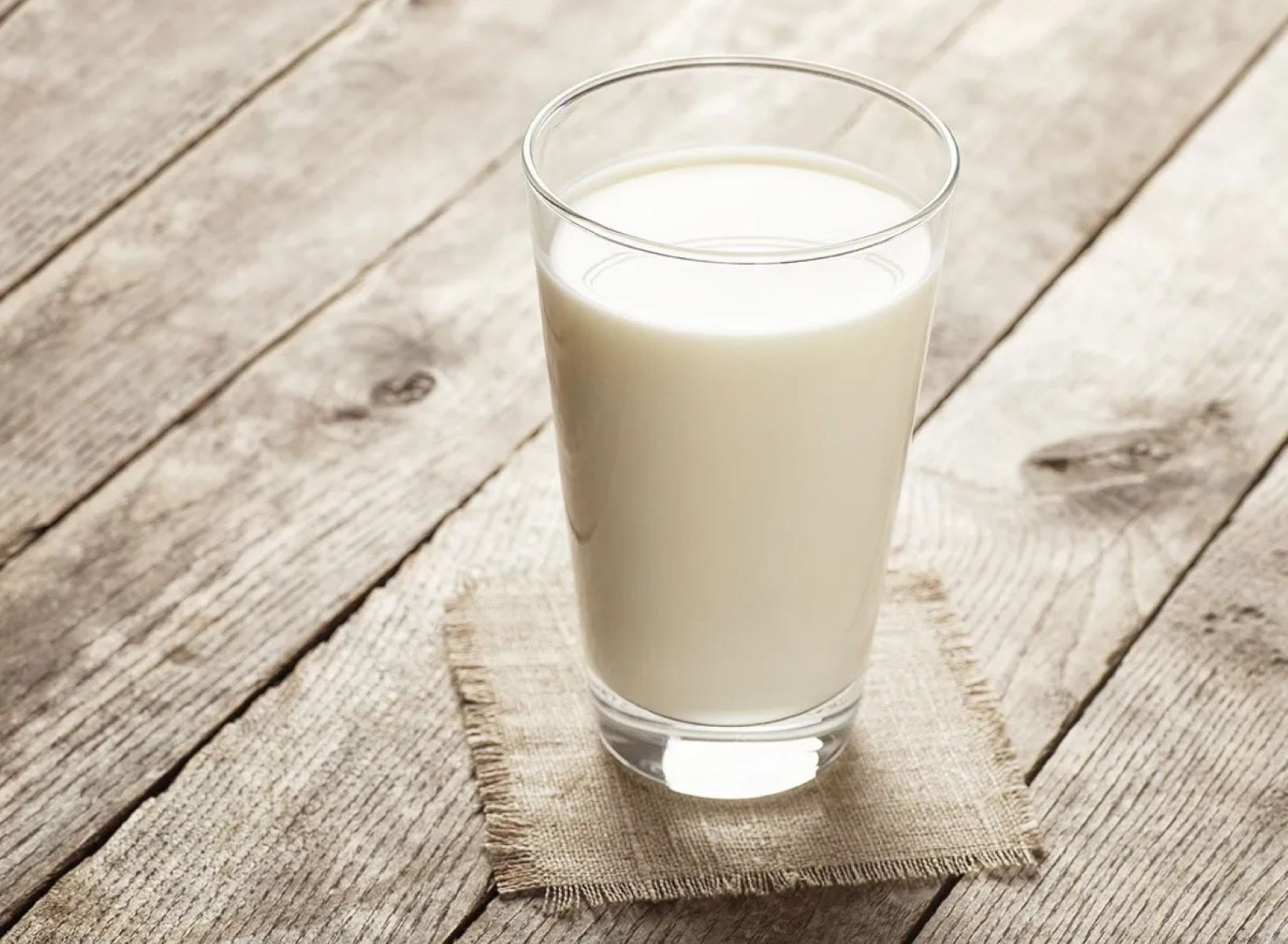
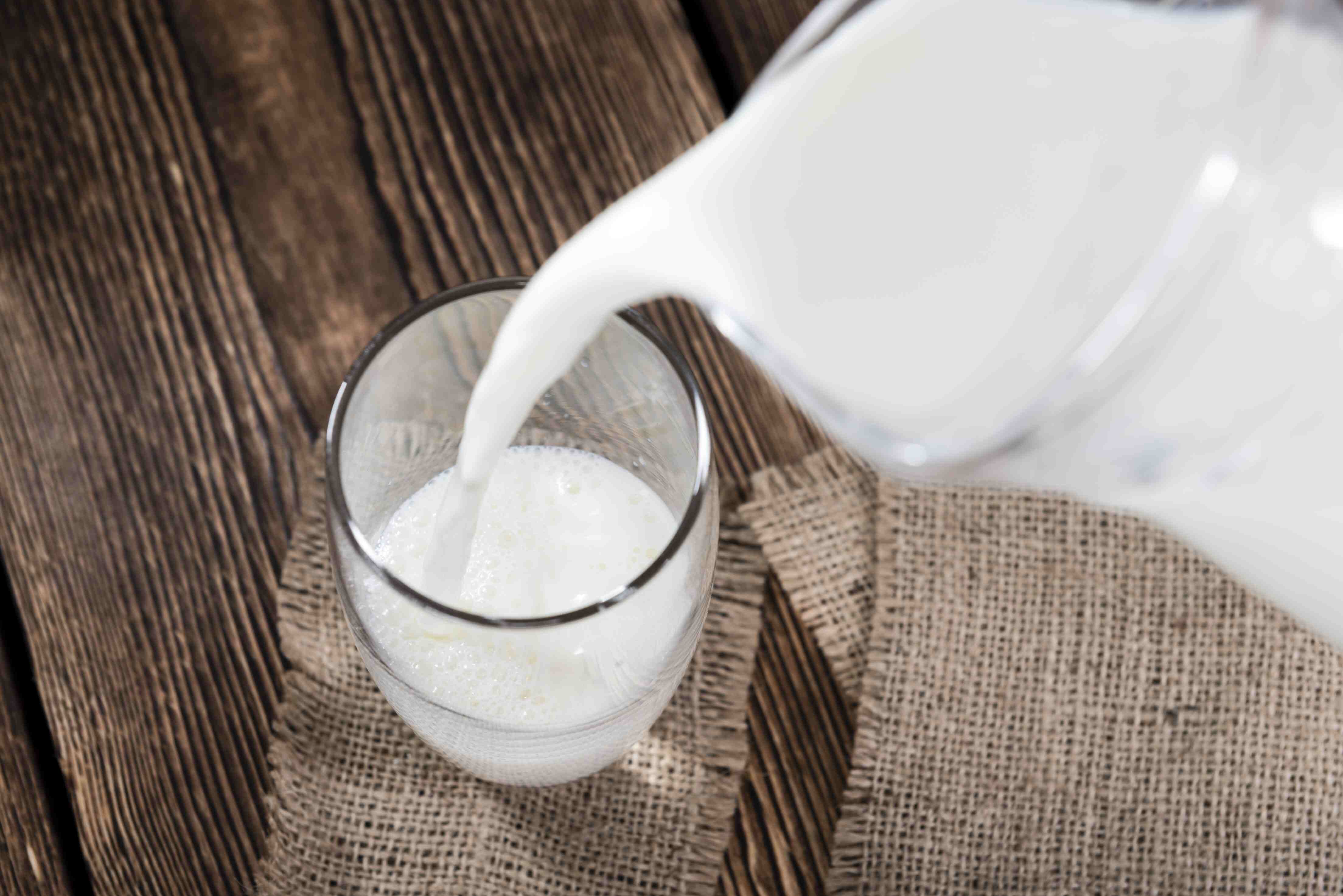


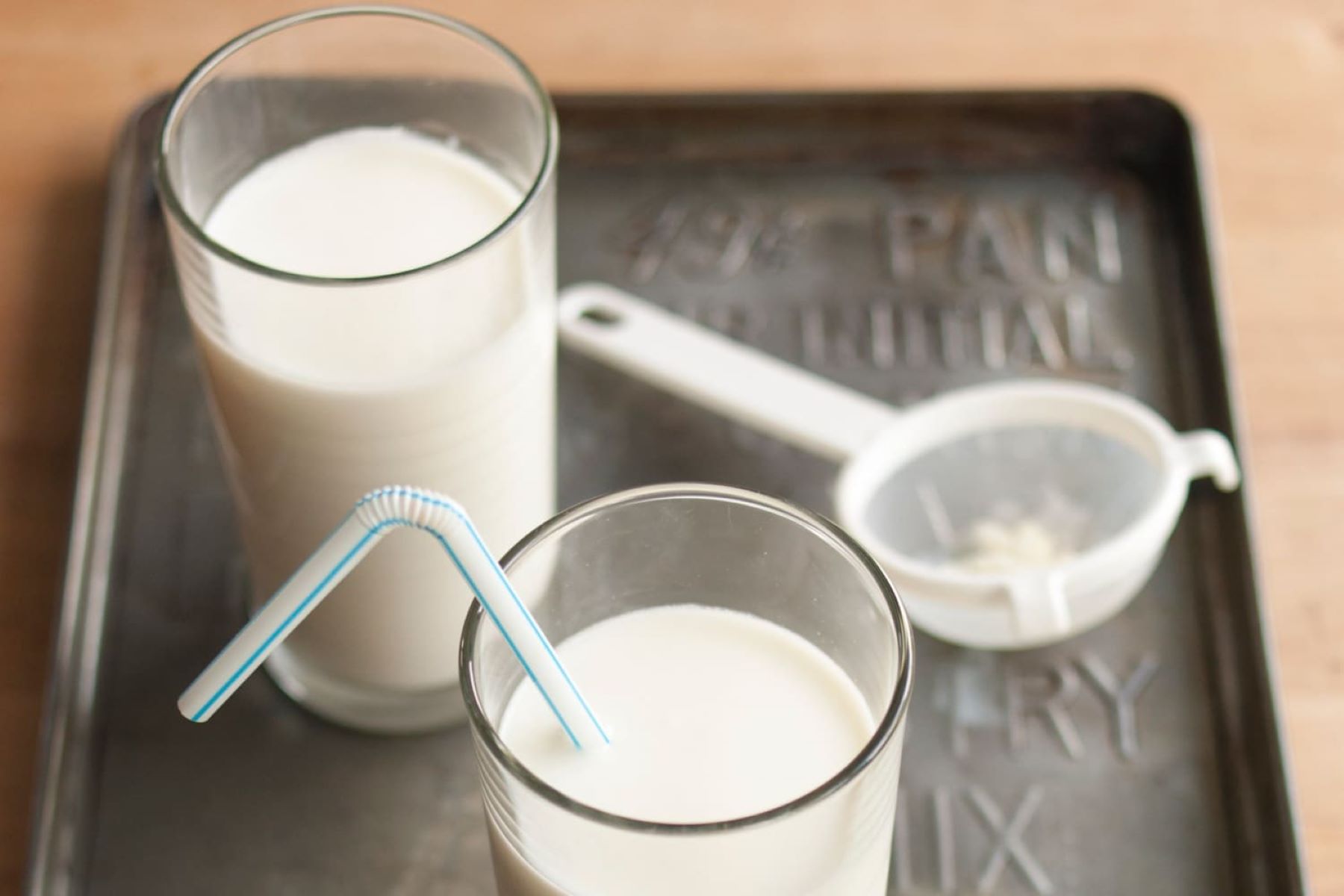

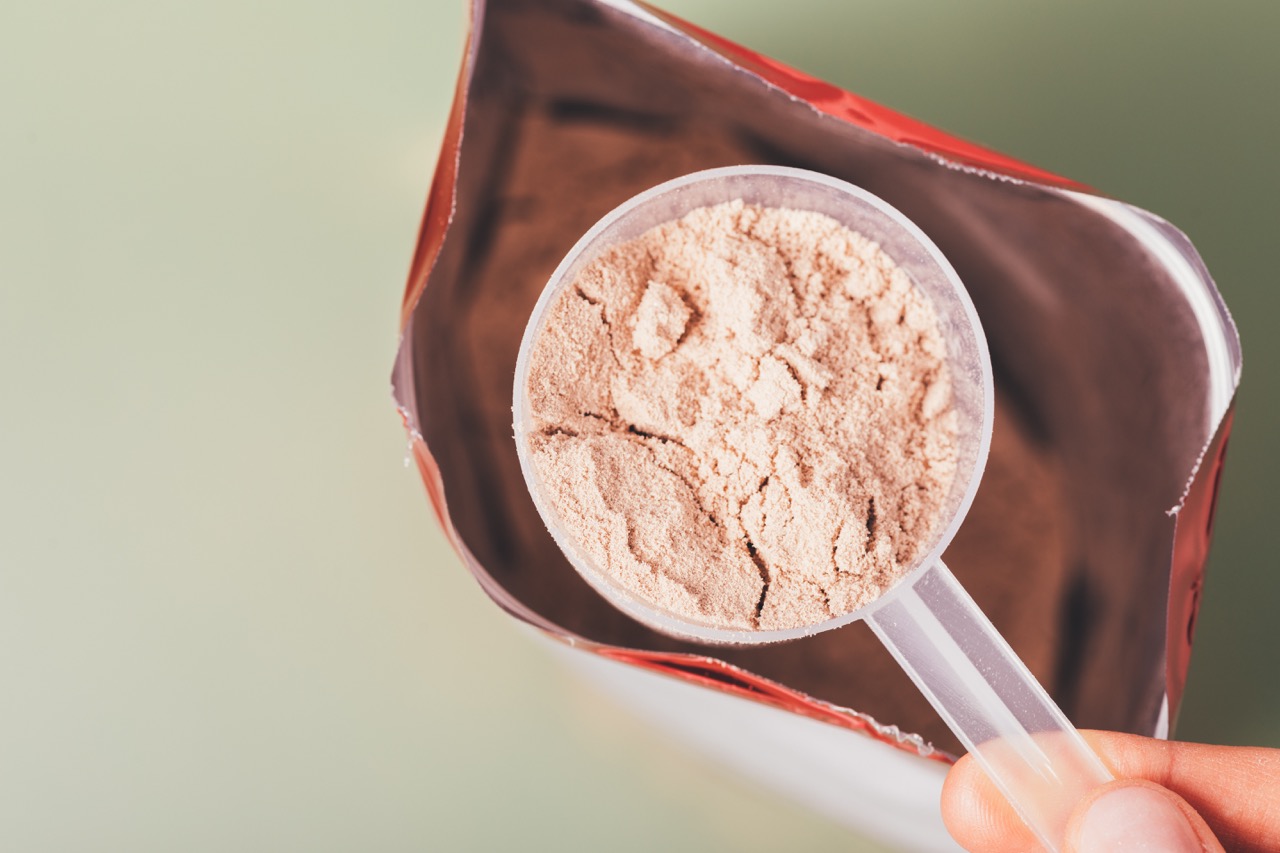
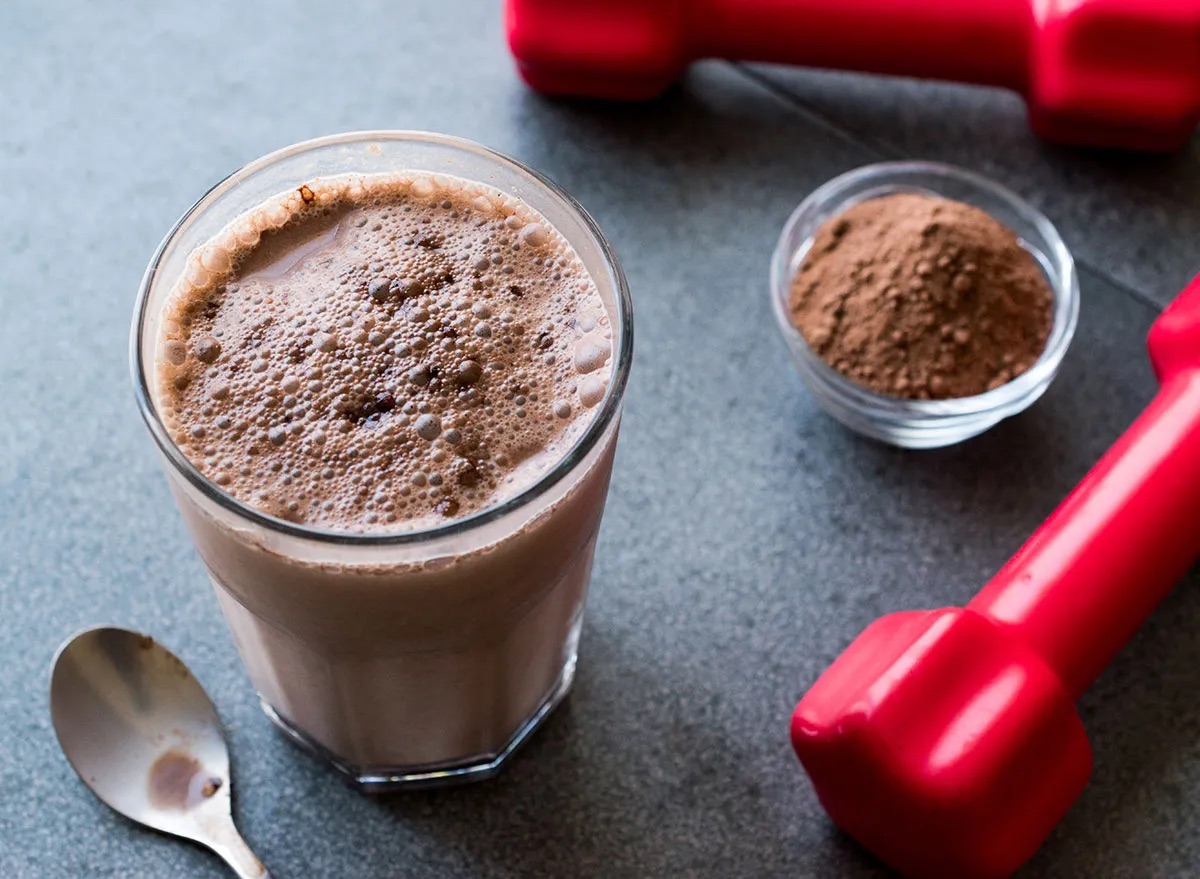



0 thoughts on “How Much Protein In A Glass Of Milk”